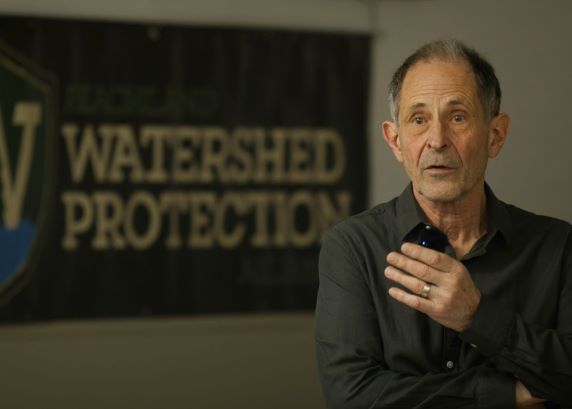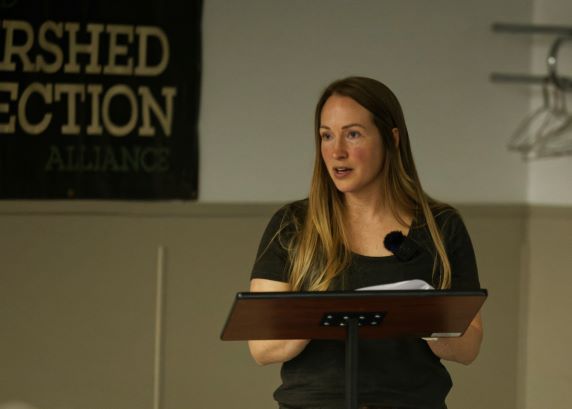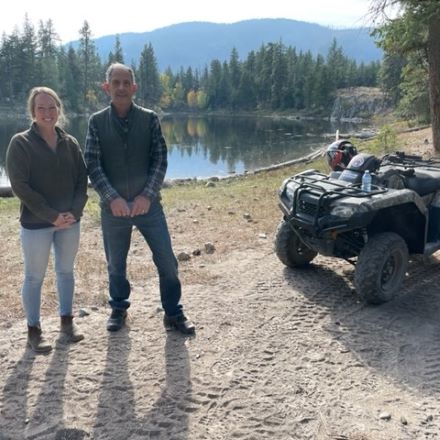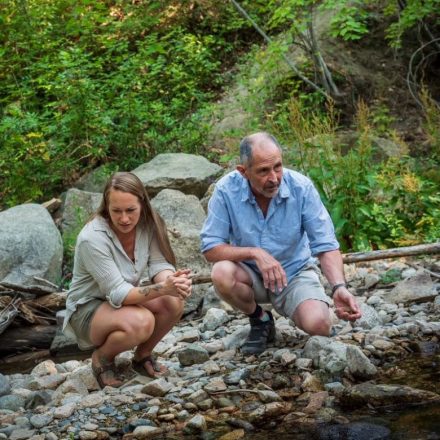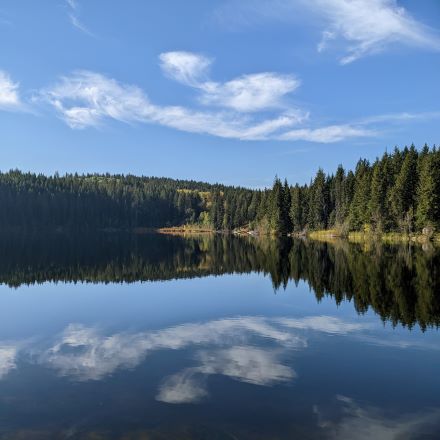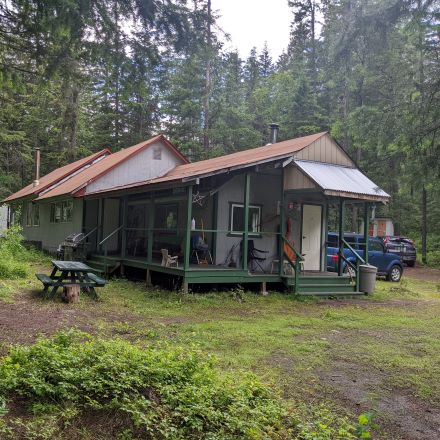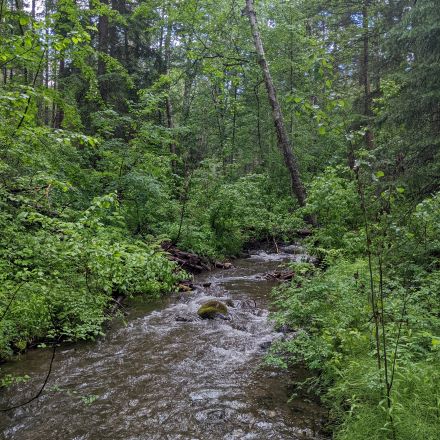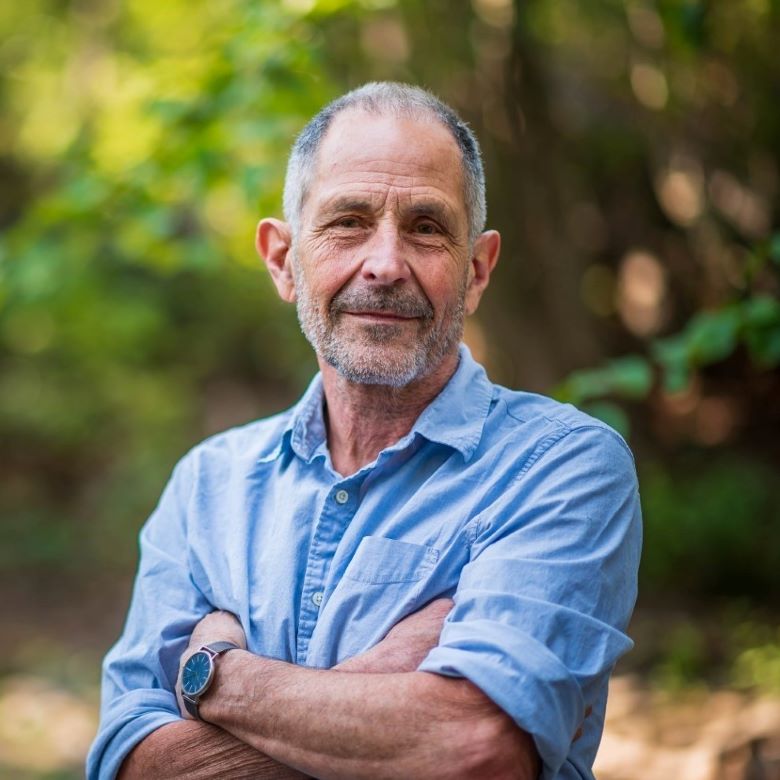Governance
Effective watershed governance requires the cooperation of all those who live in or use a watershed and the coordination of the many agencies that hold decision-making authority over watershed activities.
Sustainable protection of the sqʷʔa (Peachland Creek) watershed, for example, will require the cooperation of Syilx communities, the Okanagan Nation Alliance, federal, provincial and municipal government agencies, local interest groups such as the logging, ranching, tourism and recreation industries, local residents, and environmental organizations.
“When Indigenous peoples have rights in a watershed—as is the case here with Syilx communities—but the Province does not recognize their rights when it comes to how they manage the water, in terms of legislative authorities, then it’s up to a governance model to accommodate the Indigenous rights.”
– Dr. John Wagner, Governance
We will conduct interviews and focus groups to gather information about the interests and values of all non-Indigenous organizations and communities, and integrate that with the information being gathered by our Syilx colleagues about Syilx rights, values and interests.
One or more meetings of all participant groups will be organized to support the creation of a governance model for the watershed and ideally these meetings will lead to the creation of a new, inclusive watershed organization.
“For thousands of generations, we looked after this place, and nobody from any of the governments ever consulted with our communities.”
– Dr. Jeannette Armstrong, Syilx Knowledge
Protecting watersheds is complicated because many different laws and jurisdictions are involved.
Many distinct organizational structures, or watershed entities, exist worldwide to govern watersheds. Our research involves identifying a basin-level governance structure that best serves the unique socio-ecological characteristics of the sqʷʔa (Peachland Creek) watershed.
John and Rheanne have become familiar with the sqwʔa (Peachland Creek) watershed through an extensive phase of interviews, site visits, and community engagements. Interviews have been conducted with a variety of interest groups in order to understand their diverse perspectives and relationships with the watershed. John and Rheanne have been especially interested in hearing what interview participants think about the overall health of the watershed, the ways in which government agencies permit and regulate activities, and whether they think changes are needed to the current governance system. The photos on this page represent some of the sites of interest they have visited while in the watershed. In order to protect the confidentiality of interview participants, most images are of the sites themselves though we have included a few images that include participants, with their permission.
Governance Team
Contact the governance team
Please contact Dr. John Wagner for questions related to this research:
250.807.9318
john.wagner@ubc.ca
